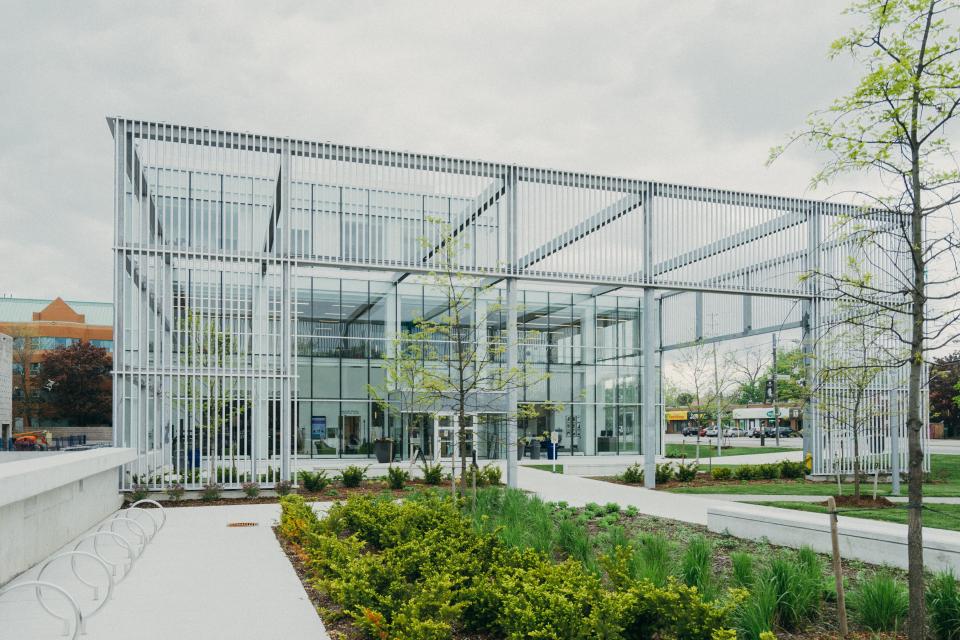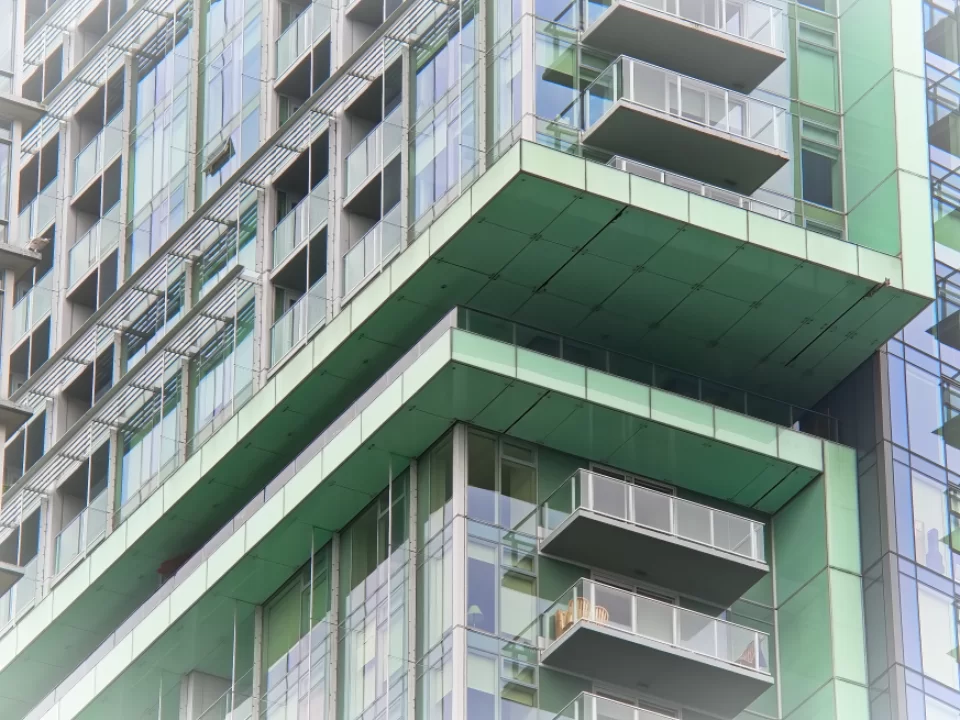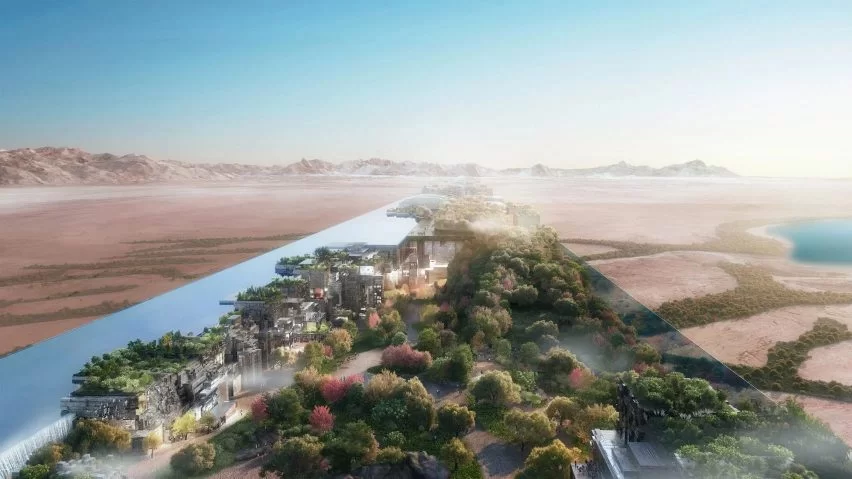Architectural solutions to confront climate change,
Studies and statistics confirm that the temperature and climate change of the atmosphere has recorded a change between high temperature and humidity during the past 100 years.
By the end of the current century, global temperatures are expected to rise significantly.
If the rates of change and emissions of greenhouse gases into the atmosphere, especially carbon dioxide, double.
This is according to the report of the United Nations Intergovernmental Panel on Climate Change (IPCC).
There is no doubt that climate change will have a clear and negative impact on the internal and external environment in terms of rising temperatures.
Due to the phenomenon of global warming, the increase in humidity and acid rain,
which affects the health and psychology of the environment’s inhabitants,
As well as components of the external environment such as plants, birds and living organisms.
While climate change is a pressing issue that we all face, it has a clear impact on every sector of the industry.
As global warming worsens, architects now have the opportunity to set new standards in environmental improvement.

The role of architecture in confronting climate change
Architecture can help fight climate change in many ways.
One of the most important of these methods is the design of energy-efficient buildings,
which reduces carbon emissions and saves energy costs.
This can be achieved through the use of sustainable materials, such as recycled and low-energy materials.
By implementing energy-efficient technologies, such as solar panels and geothermal heating and cooling systems.
Climate-responsive design is also crucial in the fight against climate change.
So architects must take into account the local climate and design buildings suitable for that specific environment.
For example, buildings in hot, dry climates can use passive design strategies,
Such as shading and ventilation, to reduce the need for air conditioning.
Likewise, buildings in cold climates can use passive solar design to maximize solar gain and minimize heat loss.
Net-zero energy buildings are another way architects can help fight climate change.
These buildings produce as much energy as they consume, resulting in zero carbon emissions.
Achieving net zero emissions requires careful planning and design.
As well as the use of energy-saving technologies and renewable energy sources.

The impact of architecture on the environment
Architecture has a significant impact on the environment, and it is essential to take into account the environmental footprint of designs.
In addition, the materials used in construction, transportation, and waste disposal all have an impact on the environment.
By using sustainable materials, architects can reduce carbon emissions associated with construction,
As well as reducing waste and promoting the circular economy.
Architects can help reduce the environmental impact of transportation,
By designing buildings that are easily accessible by public transportation or by encouraging the use of bicycles and walking.
Architects can also design buildings with a smaller footprint, reducing the amount of land that needs to be developed.

The role of architecture in sustainability
Architecture’s role in sustainability is building designs that are environmentally responsible, economically viable and socially just.
This requires a deep understanding of sustainable design principles,
as well as an understanding of the local climate, culture and context.
Therefore, architects must work closely with engineers, contractors and other professionals,
To ensure sustainable design strategies are integrated into every aspect of the project.

Biodesign
It is an emerging trend in sustainable architecture that seeks to connect people with nature by incorporating natural elements,
Such as plants and natural light, in the built environment.
This not only enhances people’s well-being but also helps restore the natural balance of the ecosystem.
Green buildings are a crucial element of sustainable architecture as they are designed to minimize their environmental impact,
reduce energy consumption and encourage the use of renewable energy.
Using sustainable design principles, such as climate responsive design and passive design,
By using sustainable materials, architects can create buildings that are energy efficient and have a smaller environmental footprint.
However, sustainable design is not a one-time effort, but rather a process of continuous improvement.
As technologies and practices continue to evolve,
architects must stay up to date on the latest developments in sustainable design and incorporate them into their projects.

Architecture and climate change
Architecture plays a crucial role in combating climate change by designing sustainable,
energy-efficient buildings that reduce carbon emissions and encourage the use of renewable energy sources.
Sustainable design principles, such as climate-responsive design, passive design,
and the use of sustainable materials, are essential to achieving this goal.
More on INJ Architects:
